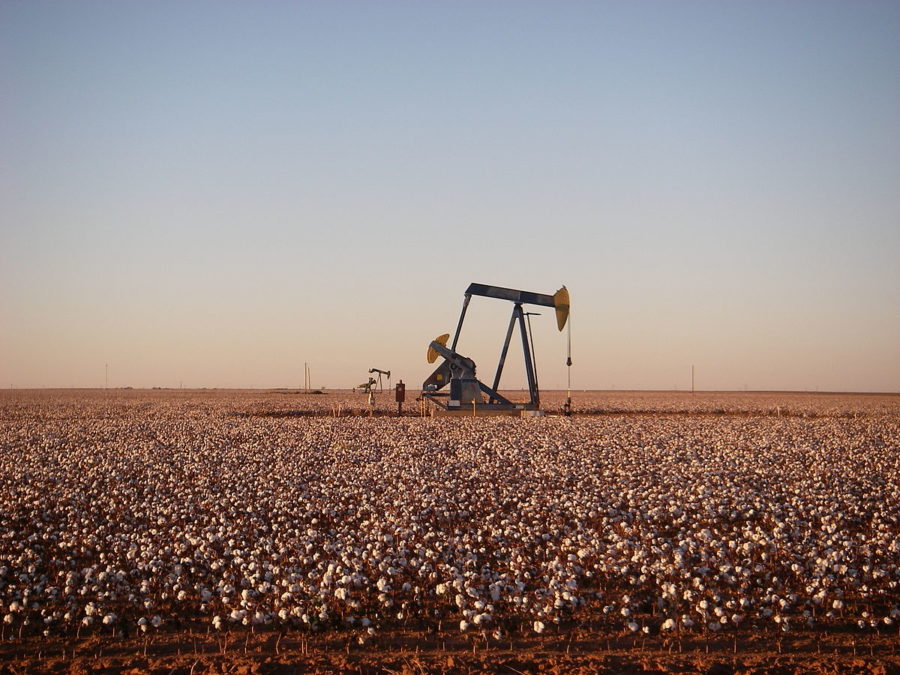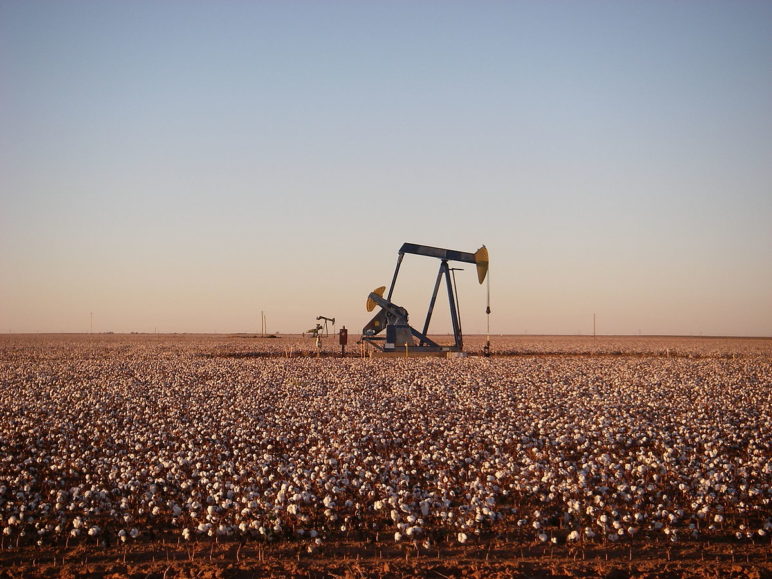It is a refrain uttered by sports fans at the end of every losing season: Wait ‘til next year.
Only this time, it’s coming from Chevron, one of the world’s largest private sector oil producers. The oil and gas giant is now admitting that its enormous bets on the Permian Basin will continue to bleed red ink for the rest of 2019. Investors will have to wait for yet another year—at least—until Chevron’s Permian assets start to pay off.
The “just wait” refrain has been sounded many times from the smaller players that pioneered the so-called shale revolution. Most of these fracking-focused companies have consistently spent more on drilling and related capital outlays than they generated through selling oil and gas, based on an analysis of 32 companies by the Institute for Energy Economics and Financial Analysis (IEEFA) and Sightline Institute. Even in times of high oil prices, fracking companies have unfailingly deprived their investors of healthy cash returns.
The production boom in the Permian Basin continues to make headlines, with production growth consistently outpacing forecasts. But the real story is that the fracking sector has been, and continues to be, a financial bust. Year after year, fracking-focused firms find themselves in an unenviable position: continually warning Wall Street about short-term disappointments while still holding out hope for big payouts just around the corner.
And now comes Chevron with the exact same narrative.
Like the other oil supermajors, Chevron largely stood on the sidelines during the early years of the fracking boom. But over the past three years, the company has placed huge bets on fracking, particularly in the Permian, the nation’s most productive shale basin. Chevron has acquired rights to an astonishing 2.2 million Permian acres—making it the company’s largest global growth project since 2016.
READ MORE: The Fracking Depreciation Dodge
Chevron’s Permian production has boomed, growing by 70 percent since 2017 and outpacing the company’s own forecasts. Today, the Permian accounts for 10 percent of its global production. Meanwhile, the oil and gas behemoth claims to have trimmed shale production costs.
Yet despite production gains, cost savings, and more than three years of experience in the basin, Chevron’s CEO announced that the company’s Permian assets will not produce positive cash flows until 2020. Drilling and completing wells still consumes too much capital and produces too little revenue for the Chevron’s Permian bets to count as winners.
Of course, Chevron still expresses optimism about the future of the Permian. But the company is asking investors to ignore perpetual disappointments that continue to plague the fracking sector.
Investors should be troubled by Chevron’s failure to squeeze cash out of its Permian production powerhouse this year. After all, the small, nimble companies that pioneered fracking have never proven that they can make money. Now that Chevron is starting to sing the same tune, investors should wonder if they will spend years. . . . “waiting ‘til next year,” hoping for a turnaround that may never come.









